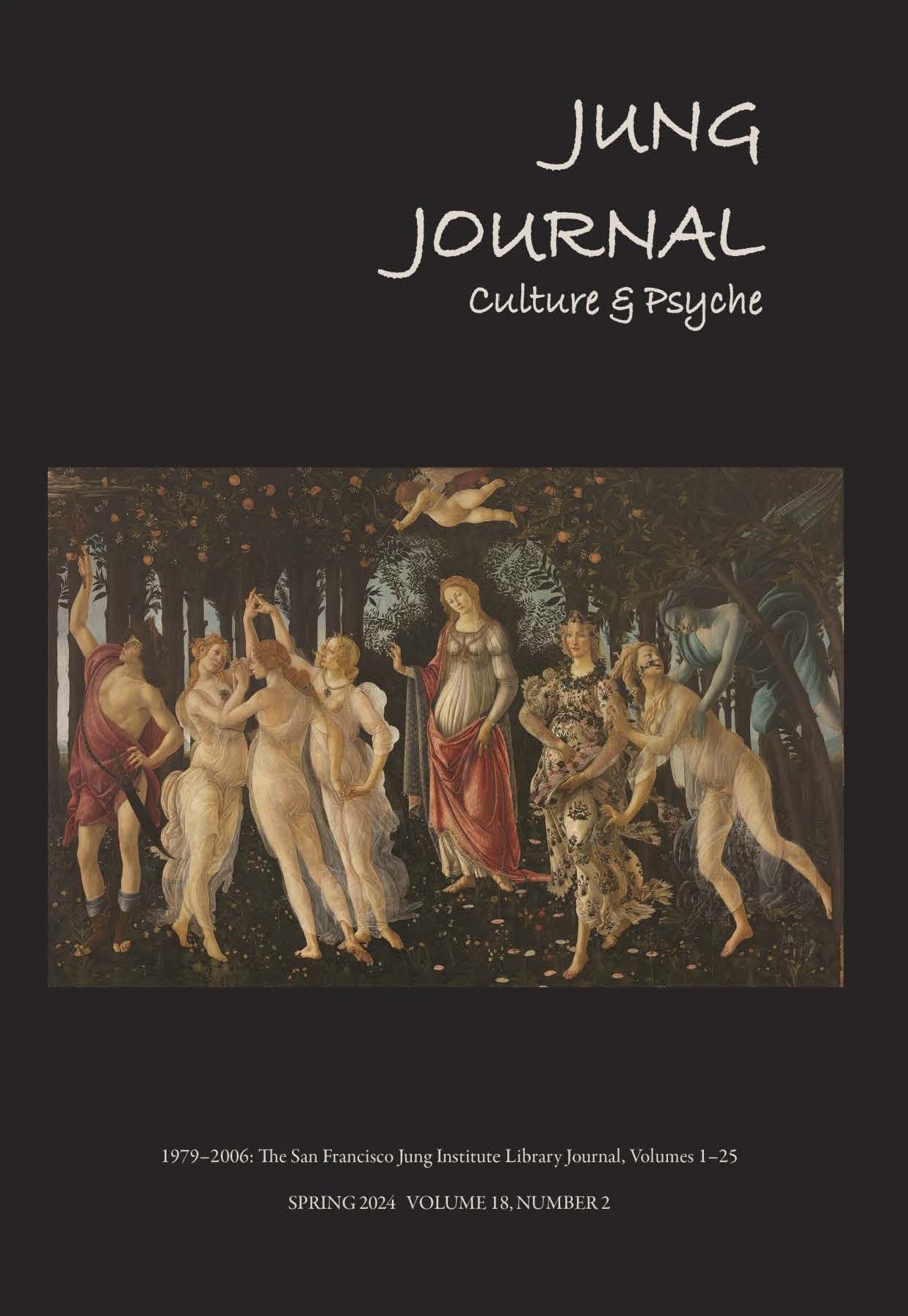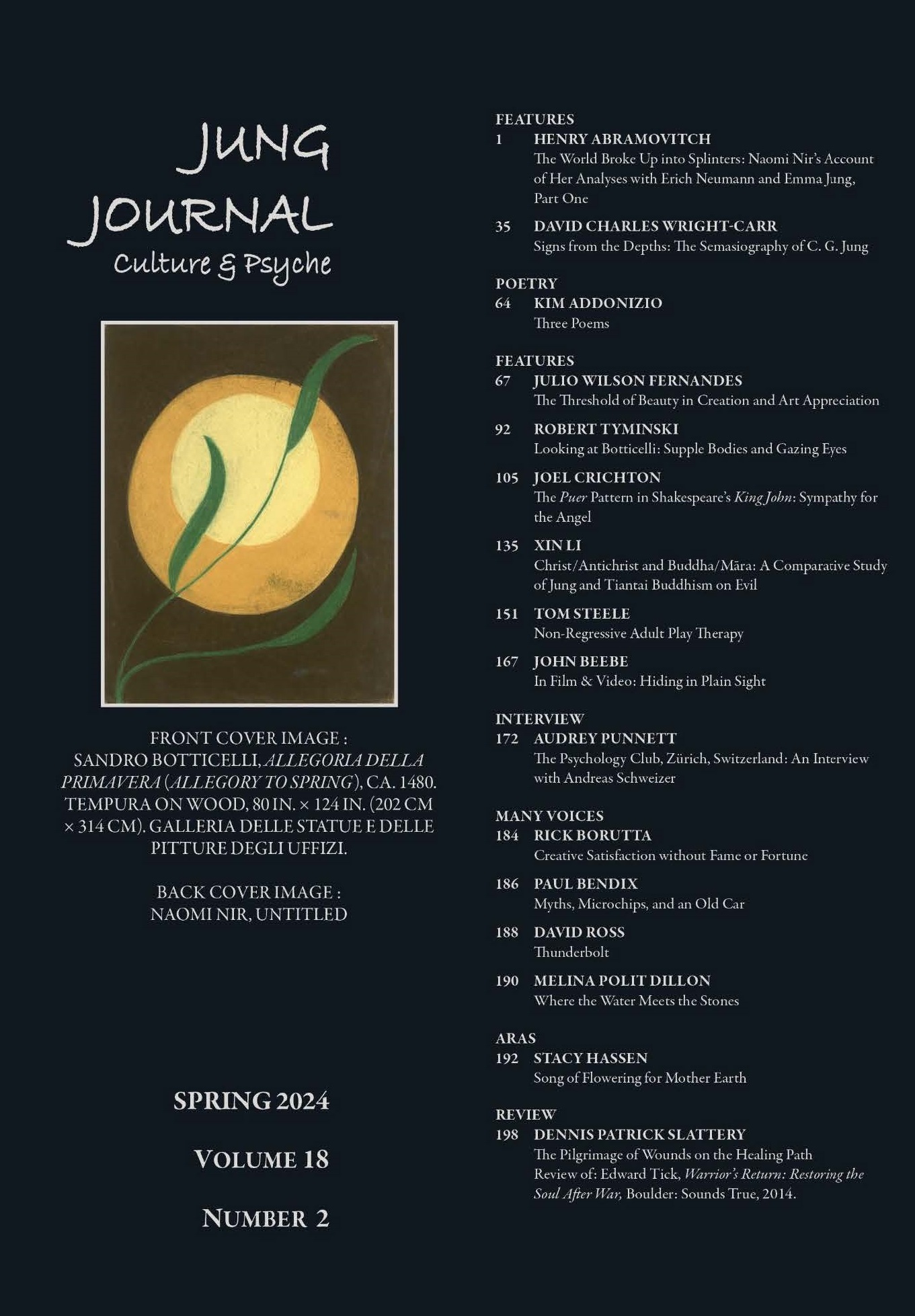Featured Article
“Signs from the Depths: The Semasiography of C. G. Jung”
By David Wright-Carr
C. G. Jung (1875–1961) is well known as a pioneer of psychoanalysis. His scientific texts have long been available in English translation. A lesser-known dimension of this extraordinary man’s creative production has more recently come to our attention through the publication, thanks to the efforts of the Foundation of the Works of C. G. Jung, of his private notes, texts, drawings, paintings, and sculptures. This editorial program bore its first fruit in 2009: a sumptuously produced facsimile edition of Jung’s calligraphic volume Liber Novus, known as The Red Book for the color of its leather binding. This edition includes an English translation of Jung’s German text, rigorously documented scholarly studies, and supplementary material in two appendices. A decade later, readers were treated to The Art of C. G. Jung, a volume bringing together Jung’s artworks, including an illustrated catalog and chapters exploring his aesthetic production (Hoerni, Fischer, and Kaufmann 2019). The twenty-nine mandala sketches reproduced in this volume are especially relevant, as several of them contain the graphic signs that are the focus of this article. In 2020, Jung’s notebooks documenting his experimental exploration of the depths of his unconscious, known as The Black Books, were published in a seven-volume set (Jung 2020). The first volume includes critical studies, an appendix with reproductions of a selection of Jung’s art, and an index to the full set. Each of the six additional volumes presents a facsimile of one of the notebooks followed by an annotated English translation.
Together, these three publications provide a rich trove of material permitting an unprecedented view into Jung’s private life. They are facilitating a revaluation of his scientific publications and of Jungian studies as a whole. I shall focus here on the enigmatic visual signs, which Jung called “runes” and “hieroglyphs,” that appear in his notebooks and in several of his mandala sketches and paintings, examining the circumstances of their genesis and arguing that they constitute a novel form of visual communication emerging from Jung’s fertile imagination. Before describing these graphic signs, some historical background will be provided, emphasizing Jung’s early exploration of the threshold between the conscious and the unconscious psyche, since the signs he created were one of the products of a deliberate program of self-experimentation, when the founder of analytical psychology was working out the method he later called “active imagination.”


